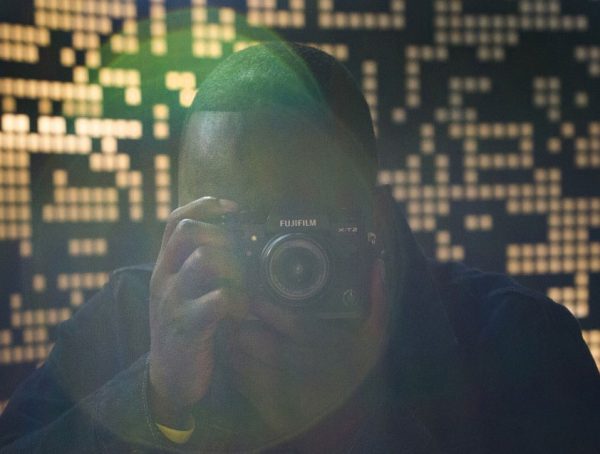 Can you be a good TV photojournalist and a lousy storyteller? Absolutely. Fabulous images alone won’t tell a great story. Award-winning videographer Nathan Thompson thinks of each story as a puzzle with five main pieces. If any one of them is missing, he says, the story won’t hang together.
Can you be a good TV photojournalist and a lousy storyteller? Absolutely. Fabulous images alone won’t tell a great story. Award-winning videographer Nathan Thompson thinks of each story as a puzzle with five main pieces. If any one of them is missing, he says, the story won’t hang together.
Thompson shared his keys to efficient storytelling at the 2013 Kentucky News Photographers Association conference. Set yourself up for creative storytelling, he advised, by knowing what you need, how to get it and what to do with it. “It’s not how much time you have, it’s what you do with the time you have.”
1. Opening: Establish a setting, set the mood or introduce a character at the start. You want the open to grab attention, Thompson says, but he doesn’t believe in using the best video off the top. “I know it’s a philosophy in some newsrooms,” he admitted. “If you have a crying mother, that’s great video so you start with it. But who is she, why is she crying, what happened to her?” Use that great video later, when you’ve told the viewer more about the character. Thompson does believe in using natural sound off the top, however. “Track is contrived,” he says, “not natural to the environment.”
2. Intrigue: Thompson’s approach in the field is to shoot anything unexpected that happens, capture details and look for themes. When you put your story together, use what follows the opening to “establish that there is still something to learn.” Great advice! So many stories tell you everything you need to know right at the start. Why would anyone keep watching? Notice how Thompson draws the viewer in in this feature:
3. Development: At this point, you want the viewer to get to know the characters so you’ll expand on their concerns, problems, personalities and aspirations. To do this well, Thompson urges photojournalists not to settle for easy B-roll and to avoid head-shot interviews. “Interact with your characters,” Thompson urges photojournalists. “A lot of reporters don’t care about people, hate communicating with people. If they aren’t going to interact with the characters, you must.”
4. Climax: Anticipate moments in the field, and in the edit, let pivotal moments breathe, Thompson advises. Don’t cover an emotional sound bite. Let it sink in. Above all, don’t leave your viewer with a fuzzy idea of what the story is about. “Clarity is more important than style,” Thompson says. “Emotion is more important than style, even if it’s not totally in focus.”
5. Closing: Always plan a closing shot that will help you wrap things up, Thompson says. Allow your audience to reflect on the story and “wave goodbye.” Don’t draw things out at the end. He compared stories that stumble around at the end to what happens to a conversation after one person has already said goodbye. Awkward, for sure. “You’ve hit the climax, so get it over with,” Thompson says.
Thompson and I were among the judges for the KNPA’s annual awards. I asked him what issues he noticed in the stories we screened.*
The bakery story was just one of several award winners in the annual KNPA contest. It’s a natural sound piece that was shot by Chad Darnall of WPSD-TV in Paducah.
For more about Thompson, including his prize-winning story reel, read our earlier post on his work.
*I know, I know. Sorry about that light, but the hotel meeting room didn’t give me much to work with.








